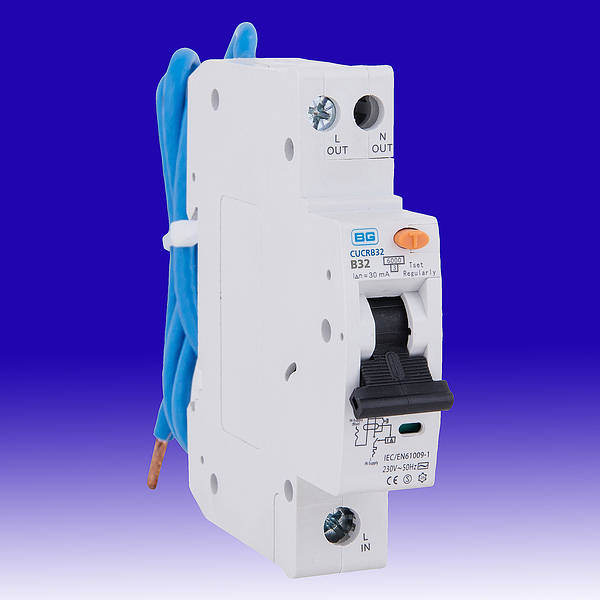- Joined
- 27 Jan 2008
- Messages
- 27,538
- Reaction score
- 3,328
- Location
- Llanfair Caereinion, Nr Welshpool
- Country

The SPD came with the box, which was not populated I selected 14 RCBO's to be fitted, but after fitting realised all type AC. I will take a chance with type AC for house as before there was no RCD protecting the main house, but for an electric car that is some thing very different. So looking at Type F,
 so when I found mine were not type A but type AC I went onto Screwfix website to see what type were on offer, all it says is type B or C which refers to the MCB bit, tried TLC website they linked to Data Sheet and still no reference to what type the RCD is, if you look at the picture
so when I found mine were not type A but type AC I went onto Screwfix website to see what type were on offer, all it says is type B or C which refers to the MCB bit, tried TLC website they linked to Data Sheet and still no reference to what type the RCD is, if you look at the picture
 after 250V 50Hz you can see the
after 250V 50Hz you can see the
 sign showing type AC, but there is nothing in the advert which actually says which type it is, I looked at the boxes mine came in, nothing on the box, nothing on the paperwork inside the box, again only way to know type was the little AC sign.
sign showing type AC, but there is nothing in the advert which actually says which type it is, I looked at the boxes mine came in, nothing on the box, nothing on the paperwork inside the box, again only way to know type was the little AC sign.
I can find Schneider type F RCD's and RCBO's but not one is single width, this advert says it is type AC but the picture seems to show type A, so really can't go by picture.
This advert does show B curve type A RCBO at £28.56 each, that is a huge hike from the £16.32 for B curve type AC and as yet not found a type F single slot width RCBO that could be used in a consumer unit to supply an electric car.
Some RCBO's can cost £70 each, so it would seem type F at this time is a pipe dream, I am sure they will arrive as we get more electric cars, but it means in real terms you can't install a CU ready for when you get an electric car, I will not say electric vehicle, my wife has an electric bike, and with the charger supplied with that I would not worry that the RCBO is only type AC, same with our mobility scooter, may be technically electric vehicles but the chargers are small.
But in real terms the RCD for an electric car is inside the charging outlet, and likely supplied with SWA cable so no need for any RCD in the consumer unit, and with the supply required likely would be from a Henley block so it has full 100 amp supply if required. But one does question what was fitted with early charge points?



I can find Schneider type F RCD's and RCBO's but not one is single width, this advert says it is type AC but the picture seems to show type A, so really can't go by picture.
This advert does show B curve type A RCBO at £28.56 each, that is a huge hike from the £16.32 for B curve type AC and as yet not found a type F single slot width RCBO that could be used in a consumer unit to supply an electric car.
Some RCBO's can cost £70 each, so it would seem type F at this time is a pipe dream, I am sure they will arrive as we get more electric cars, but it means in real terms you can't install a CU ready for when you get an electric car, I will not say electric vehicle, my wife has an electric bike, and with the charger supplied with that I would not worry that the RCBO is only type AC, same with our mobility scooter, may be technically electric vehicles but the chargers are small.
But in real terms the RCD for an electric car is inside the charging outlet, and likely supplied with SWA cable so no need for any RCD in the consumer unit, and with the supply required likely would be from a Henley block so it has full 100 amp supply if required. But one does question what was fitted with early charge points?
